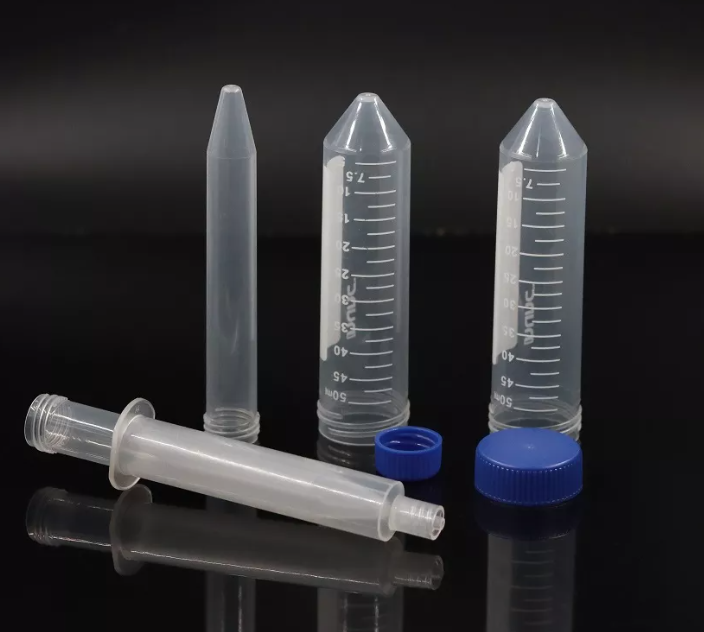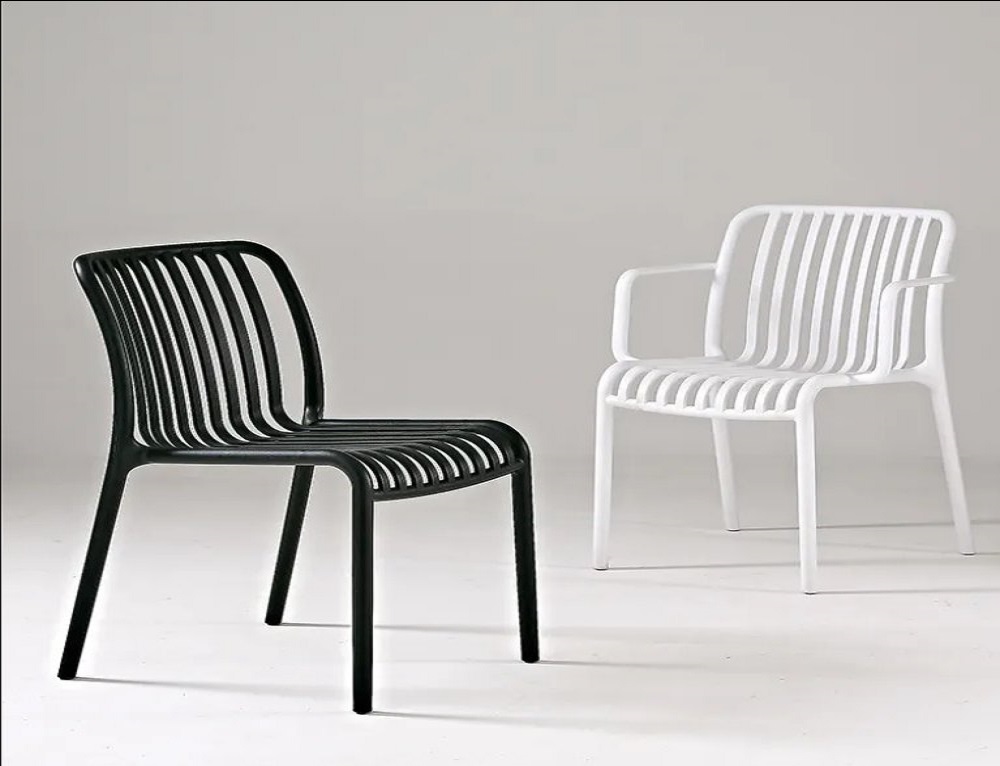Views: 0 Author: Site Editor Publish Time: 2024-12-20 Origin: Site











Understanding Plastic Materials: The Foundation of Injection Molding
Plastic materials, derived from natural resources like crude oil, natural gas, coal, and biomass, are the backbone of modern manufacturing, especially in the context of plastic injection molding. These versatile materials are processed through various methods such as extrusion, molding, and calendering to create a wide range of plastic products. The injection molding process, in particular, involves melting plastic pellets and injecting them into a mold to create precise and complex shapes. This method is widely used across industries due to its efficiency and ability to produce high-quality parts at scale.
The significance of plastic materials in plastic injection molding cannot be overstated. The choice of plastic affects everything from the durability and functionality of the final product to the efficiency of the manufacturing process. For instance, thermoplastics, which can be reheated and reshaped, are commonly used in injection molding because they offer flexibility in design and are easy to work with. Understanding the types of plastic materials available and their properties is crucial for manufacturers looking to optimize their production processes and meet the specific needs of their applications.

1. Injection Molding Machine Materials: Thermoplastics
Injection molding utilizes a variety of plastic materials, each with unique properties suited for different applications. Thermoplastics are the most commonly used materials in injection molding due to their versatility and ease of processing. These plastics can be repeatedly melted and reshaped, making them ideal for creating intricate designs with high precision. Common thermoplastics used in injection molding include Polypropylene (PP), known for its chemical resistance and flexibility; Acrylonitrile Butadiene Styrene (ABS), valued for its toughness and impact resistance; and Polyvinyl Chloride (PVC), noted for its durability and versatility.
2. Thermosetting Plastics in Injection Molding
Thermosetting plastics, on the other hand, are used for their heat resistance and structural integrity. Unlike thermoplastics, thermosets undergo a chemical change when heated, which makes them hard and inflexible. This property makes them suitable for applications requiring high heat resistance and strength. Examples include Bakelite and epoxy resins, which are often used in electrical components and automotive parts.
The choice of plastic material in injection molding is influenced by factors such as the intended use of the product, environmental conditions, and specific mechanical requirements. For instance, in the automotive industry, materials that offer a balance of strength, weight reduction, and cost-effectiveness are preferred. In contrast, the medical field may prioritize biocompatibility and sterilization capabilities. Understanding these material properties and their applications is crucial for injection molding companies to select the right plastic for their injection molding process, ensuring that the final products meet both functional and regulatory standards.
1. The Stages of the Injection Molding Process
The injection molding process is a sophisticated method that transforms plastic pellets into finished products through a series of well-coordinated steps. It begins with the selection of appropriate plastic materials, which are then dried to remove any moisture that could affect the quality of the molded parts. The dried pellets are fed into a heated barrel where they are melted and mixed to achieve a uniform consistency. This molten plastic is then injected into a precisely designed mold under high pressure, allowing it to take the desired shape.
2. Cooling and Ejection
After the injection, the mold is cooled to solidify the plastic, and the newly formed part is ejected. This process is highly efficient, capable of producing thousands of identical parts in a short time. The versatility of injection molding allows for the creation of complex geometries and fine details, making it a preferred method for manufacturing a wide range of products, from consumer goods to intricate components used in various industries.
The injection molding process is not just about creating parts; it’s about precision and efficiency. The design of the mold is critical, as it determines the accuracy of the final product. Advanced technologies such as computer-aided design (CAD) and computer-aided manufacturing (CAM) are often used to create molds that meet exact specifications. Furthermore, the process can be optimized by adjusting various parameters, such as injection speed, pressure, and temperature, to ensure the highest quality and consistency of the molded parts.
1. Plastic Injection Molding Service in the Automotive Industry
Injection molding is a highly versatile manufacturing process used across a wide range of industries. In the automotive sector, it is employed to produce components such as dashboards, bumpers, and interior trim, which require materials that are both durable and aesthetically pleasing. The ability to mold complex shapes with high precision makes plastic injection molding ideal for creating parts that need to fit together perfectly in the assembly line.
2. Injection Molding Machine Applications in Consumer Goods
In the consumer goods industry, injection molding is used to manufacture items like kitchen utensils, toys, and electronic casings. These products often require materials that are lightweight, cost-effective, and capable of withstanding regular use. The process allows for the mass production of high-quality parts at a low cost, making it possible to produce consumer goods that are both affordable and reliable.
3. Medical Applications of Injection Molding
The medical industry also benefits from injection molding, as it provides a means to produce sterile, high-precision components for medical devices and equipment. Materials used in this sector must meet strict regulatory standards and often include biocompatible plastics that can be safely used in medical applications. Injection molding enables the production of complex geometries that are essential for the functionality of medical devices, such as drug delivery systems and diagnostic instruments.
The applications of plastic injection molding are vast and varied, reflecting the process’s adaptability to different material requirements and industry standards. Its ability to produce high-quality, complex parts at a low cost makes it a preferred choice for manufacturers looking to optimize their production processes and meet the specific needs of their applications.

1. Sustainable Materials in Injection Molding
The future of injection molding and plastic material technology is poised for significant advancements driven by the need for greater efficiency, sustainability, and innovation. One of the key trends is the increasing use of bio-based and biodegradable plastics. These materials, derived from renewable sources such as corn starch and sugar cane, offer a more sustainable alternative to traditional petroleum-based plastics. They are designed to break down more easily in the environment, reducing the ecological footprint of plastic products.
2. Automation and AI in Injection Molding Machines
Another important trend is the integration of advanced technologies such as automation, artificial intelligence (AI), and the Internet of Things (IoT) into the injection molding process. Automation is being used to enhance precision and speed, while AI and IoT are being employed to optimize production processes, predict maintenance needs, and reduce downtime. These technologies are helping injection molding companies to produce high-quality parts more efficiently and at a lower cost.
3. Innovations in Material Science
The injection molding industry is also seeing innovations in material science, with the development of new plastics that offer superior properties. For example, materials with enhanced strength-to-weight ratios, better thermal stability, and improved chemical resistance are being introduced, enabling the production of parts that meet the demanding requirements of industries such as automotive, aerospace, and electronics.
The future of injection molding and plastic material technology is focused on creating more sustainable, efficient, and innovative solutions that meet the evolving needs of various industries. Manufacturers that embrace these trends will be well-positioned to remain competitive in an increasingly dynamic market.
